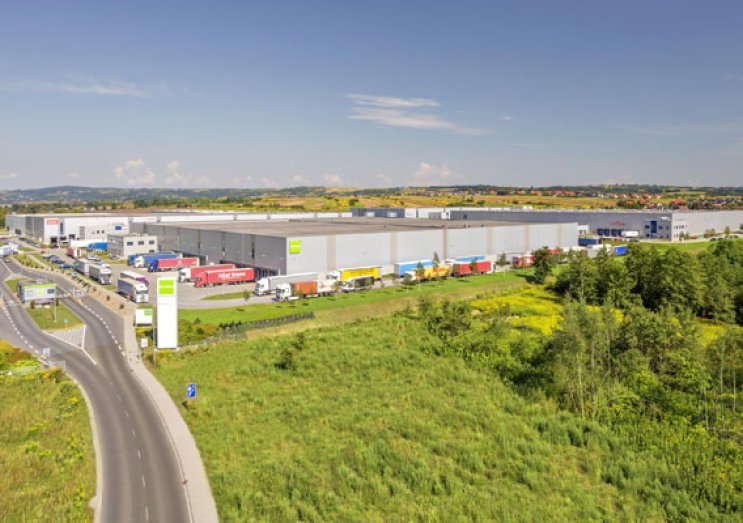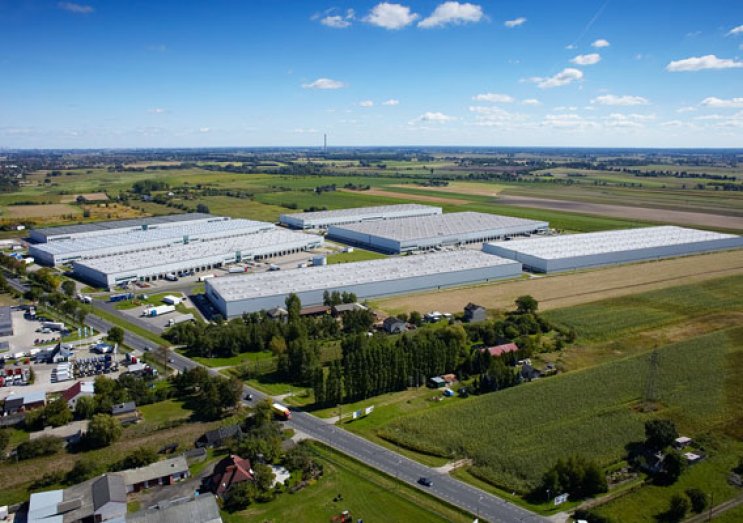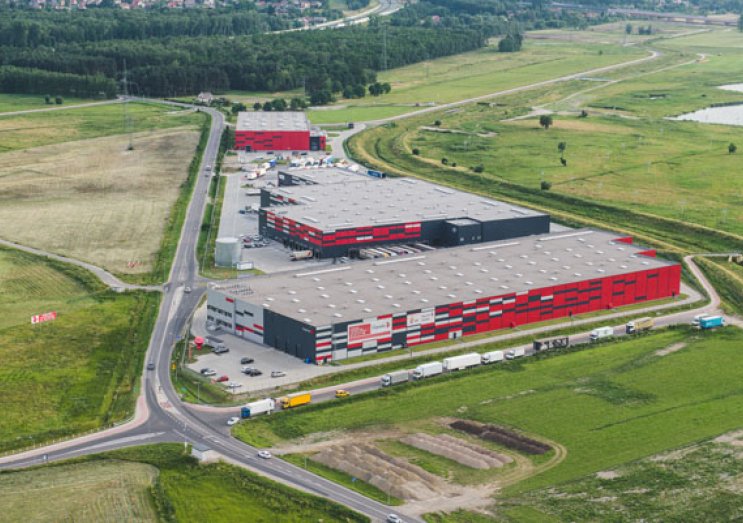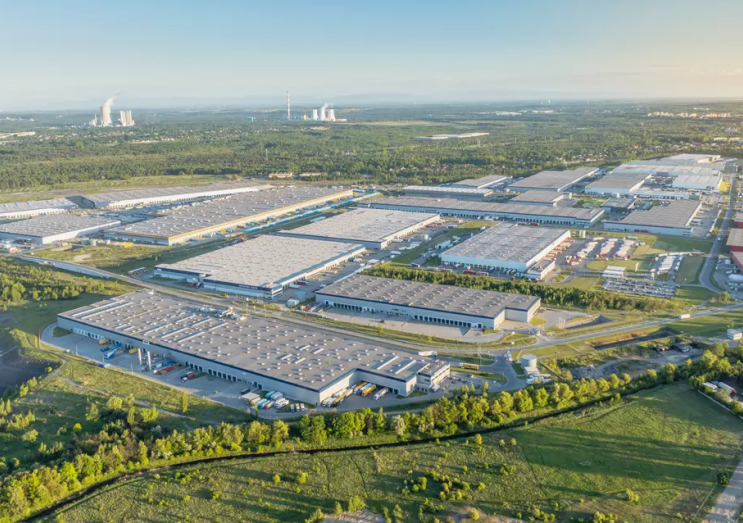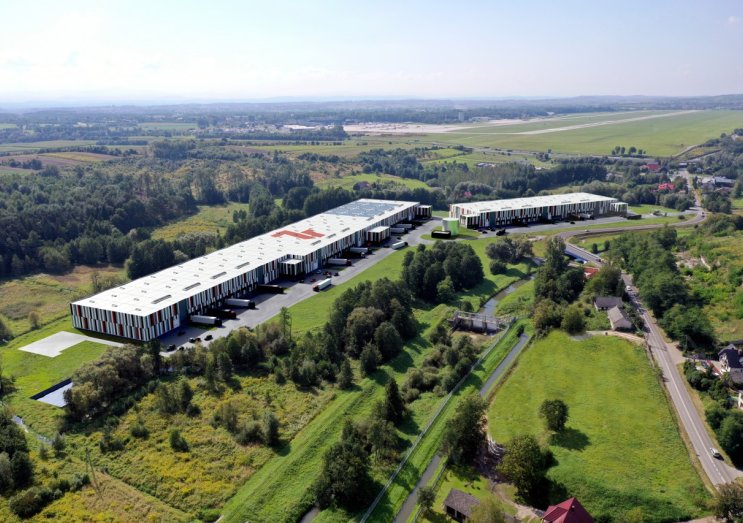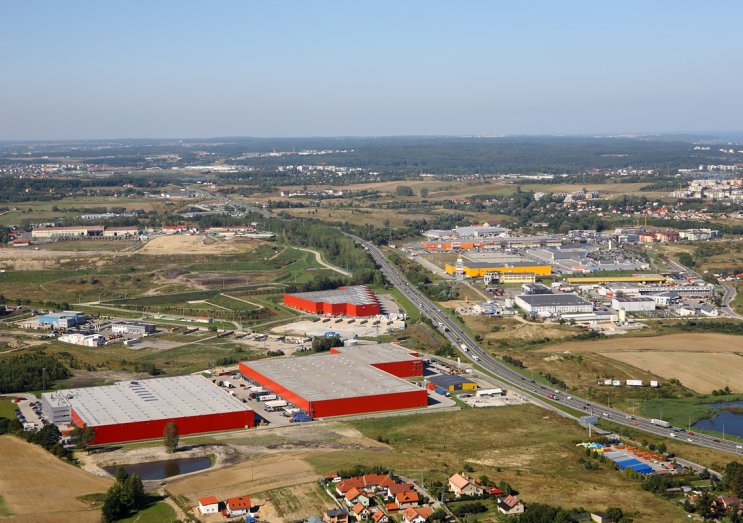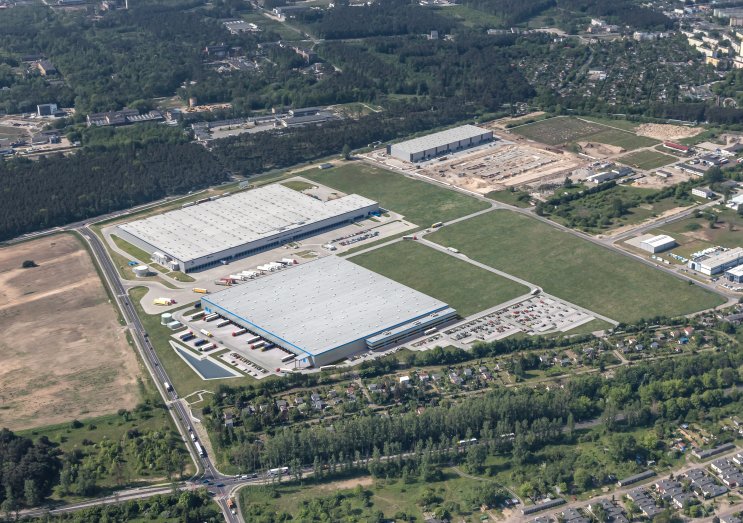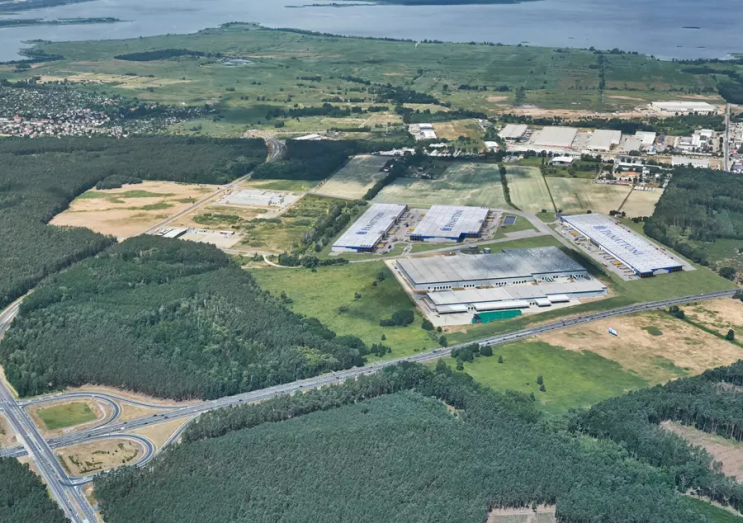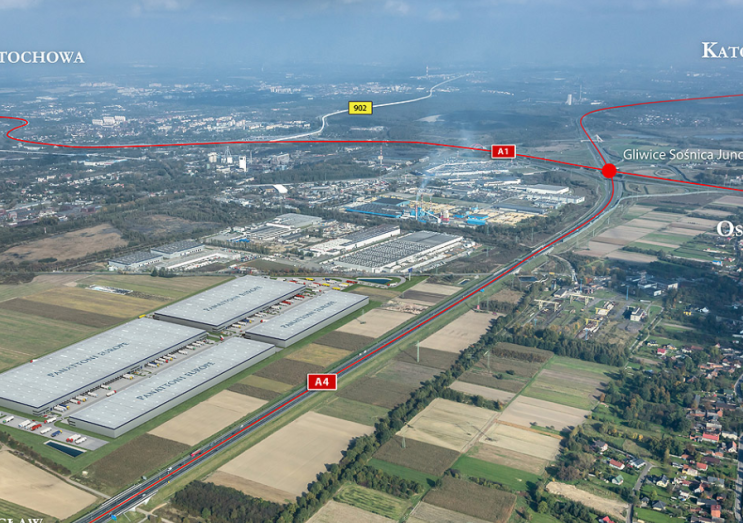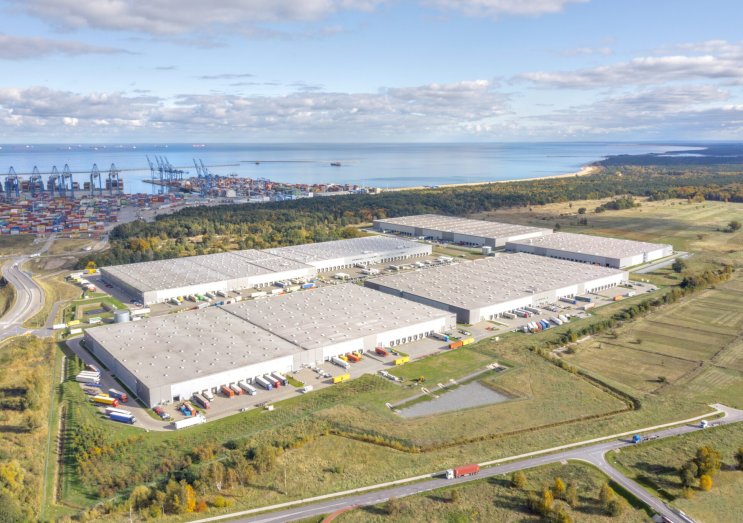The Baltic coastal region is poised to become one of the leading industrial hubs not only in Poland but across the entire CEE region.
Northern Poland is emerging as an increasingly strategic location for manufacturers requiring reliable high-voltage power grids.
“The economy of northern Poland is advancing at a staggering pace, with the seaports in Gdańsk, Gdynia and Świnoujście posting record volumes of freight traffic in recent years. This region is now gaining even greater significance. Thanks to infrastructure projects such as the construction of a nuclear plant and new wind farms, it will offer excellent growth conditions for companies seeking stable and efficient power sources,” says Michał Rafałowicz, Regional Director, Newmark Polska. The expert adds that, while rising labour costs and skilled worker shortages are becoming increasingly pressing challenges across Western Europe, Pomerania continues to offer a large pool of experienced professionals – many of whom are improving their qualifications through new specialised courses at universities in the Tricity area. The region also remains competitive in terms of labour costs.
Seaports redefined
Poland’s seaports are taking on new significance, serving not only as freight handling sites but also as vital links in the country’s energy and industrial infrastructure. “Poland has consistently invested in the development of its seaports for several years, assigning them new roles aimed at strengthening the energy security of both our country and the entire CEE region. Polish seaports are emerging as key logistics hubs for various energy carriers like natural gas and crude oil, as well as components used in the construction of wind farms,” says Kaja Karbowska-Nowak, Associate, Industrial and Warehouse Department, Newmark Polska.
Development is gathering pace, especially as the Polish government has allocated approximately PLN 2 billion to the maritime economy this year, an increase of nearly 25% compared with the previous year. Key investments include the construction of a deepwater container terminal in Świnoujście, the Floating Storage Regasification Unit (FSRU) in the seaport of Gdańsk, and the dredging of the final section of the waterway leading to the port in Elbląg. Infrastructure upgrades will also see improved access to roads and railways, with new connections being built between terminals and production facilities. These investments are essential as energy-intensive heavy industry relies on reliable logistics – whether by land or sea.
Billions of zlotys for grid upgrades
Energy grid upgrades are among key industry drivers in Pomerania. Under the National Recovery and Resilience Plan, Energa Operator of the Orlen Group has secured more than PLN 7.5 billion in funding for the modernization and digitalization of the grid in northern and central Poland. A total of 21,000 km of power lines will be built or upgraded to strengthen Poland’s energy security, with the potential to bring down electricity prices for end consumers over the long term. A key part of this project will be the integration of as much as 9 GW of renewable energy sources, along with the construction of advanced battery energy storage facilities. With an estimated total cost of PLN 40 billion, this is one of the largest infrastructure projects in Pomerania’s history.
“Energy infrastructure is fundamental to future industrial projects. The grid redevelopment will see high-voltage zones created in the region – areas capable of supporting energy-intensive manufacturing facilities. This will give Poland a significant competitive advantage over countries such as Bulgaria and Romania,” says Michał Rafałowicz. “For years, investors have been primarily concerned with Poland’s energy prices which remain among the highest in Europe. We expect this to change as ongoing projects come online. Today, however, energy prices are no longer the top concern for large industrial plants. Instead, the focus is shifting to finding locations that can guarantee access to sufficient transmission capacity. In this regard, Poland – especially Pomerania – is closing the gap and emerging as a serious contender,” adds the Regional Director at Newmark Polska.
Orlen plus nuclear and wind power
In addition to transmission grid upgrades, other major developments are underway in Pomerania that are set to transform the region’s economic landscape for years to come. Among them is the construction of a nuclear power plant near Choczewo. This project will also encompass improvements to transport infrastructure, including the construction of new roads and railway lines.
The renewable energy sector (RES) is also experiencing strong momentum. Work is currently underway to secure permits and prepare documentation for Bałtyk 1, the largest planned offshore wind farm in the Baltic Sea, to be developed by Polenergia and Equinor. Located approximately 81 km off the Polish coast, the farm will have a total capacity of 1,650 MW, enough to supply green energy to more than 1.5 million households. Meanwhile, Orlen is rapidly advancing its wind power portfolio through a joint venture with Northland Power – their projects include Baltic Power (1.2 GW) and Baltic East (1 GW). The company also prepares an installation terminal in Świnoujście dedicated to servicing offshore wind farms. Expected to begin operations this year, it will be one of the most advanced facilities of its kind in Europe.
Energy boost for the warehouse market
Massive energy infrastructure investments are driving demand for logistics facilities, including specialised warehouse space. However, both production and warehouse development in northern Poland, as in much of the country, has remained subdued over the past two years. In the three months to March 2025, warehouse completions totalled just under 18,500 sqm in Pomerania and 15,500 sqm in Western Pomerania. By contrast, Tricity saw close to 294,000 sqm of new space delivered throughout 2024, with no new completions in Western Pomerania that year. Meanwhile, occupier demand in both Tricity and Western Pomerania remained steady. In the first quarter of 2025, leasing activity reached nearly 92,000 sqm in Tricity and 73,000 sqm in Western Pomerania, with 2024’s total take-up at almost 290,000 sqm and 174,000 sqm respectively. At the end of March, the development pipeline remained below 100,000 sqm in each province, according to data from real estate advisory firm Newmark Polska.
“Developers have remained cautious about launching new projects in recent years. However, growing demand from manufacturers for seaport locations has emerged as a market driver,” says Kaja Karbowska-Nowak. “Contracts take longer to close because relocating manufacturing operations is far more complex than moving logistics facilities. Shifting a plant to a new location involves high costs and requires a temporary production shutdown, causing real financial losses. As a result, manufacturers carefully evaluate potential new locations and tend to sign longer leases for production space – typically for seven to ten years – than for warehousing.”
Warehouse developers active in northern Poland are looking to work not only with manufacturing companies but also with the energy sector, which is reporting rising demand for warehouse space. However, according to Michał Rafałowicz, meeting the needs of energy sector tenants requires both substantial capital and highly specialised know-how. “Traditional buildings span thousands of square metres of modern roofed production or warehouse space. Meanwhile, renewable energy companies, including wind turbine producers, require small roofed buildings and large, paved areas suitable for storing heavy, oversized components. These are highly specialised developments that call for a different approach to budgeting. However, companies that have already secured land in this region will definitely benefit from the ongoing changes. The most active developers serving the energy sector in Pomerania include Panattoni, in cooperation with Accolade, and 7R,” says the expert.
Land in demand
Land in Pomerania is becoming a highly valued commodity at an unprecedented pace. With the proliferation of energy projects – from wind and photovoltaic farms to nuclear power plants – suitable land is growing increasingly scarce. Additionally, developers are facing competition for plots near wind farms from operators of future battery energy storage facilities.
“Land is a strategic asset today. Newmark Polska is one of only a few real estate advisory firms with a strong local team capable of identifying real-time market opportunities. We assist in land acquisition not only for industrial and warehouse developments, but also for renewable energy projects and energy infrastructure,” says Michał Rafałowicz, Newmark Polska. “Given the ongoing energy transition and the nearshoring of manufacturing closer to consumer markets in Europe, Pomerania is further strengthening its position as a major logistics hub in Poland – both from the perspective of investors and in the broader context of building national energy security.”



